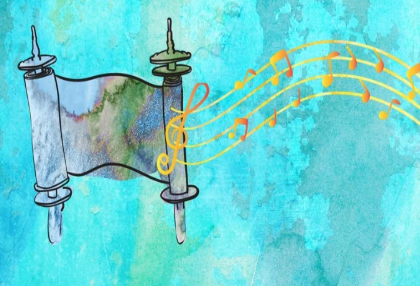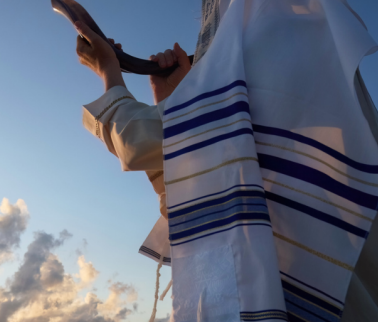The Jewish calendar is based around the moon, meaning that it normally has less than 365 days. This becomes problematic every few years because of how the seasons change along with the solar cycle. The Torah commands us to celebrate the festival of Pesach “בחודש האביב,” in the springtime, and this is impossible to always follow if the Hebrew calendar falls behind the sun-based seasons. How did our ancestors deal with this issue? They established a second month of Adar every few years. In years like this, the holiday of Purim is pushed off until the second Adar. But why did Torah scholars of the past decide to duplicate Adar (of all months)? At first glance, one reason is clear: Adar is the farthest from Nisan, a month called the “first month” in the Torah, meaning it is the final month of the Jewish year. If there is any time to add days to the year, it is at the end. (No other holidays, such as Sukkot, would be pushed off from an earlier duplicate month.) However, if the point is to add days to the year in a way that the rest of the calendar is not affected, why is Purim pushed off? Should it not be celebrated in the first Adar, rather than be pushed off to the second?
A well-known answer to this question is that Purim is supposed to be close to Pesach (if Purim were in the first Adar, it would not be as close). But why is it so important for Purim to come right before Pesach? What is so dominant about this idea that would cause it to push off Purim from its original spot on the calendar?

The despicable villain of Megillat Esther, Haman, was a member of the nation of Amalek, which ruthlessly attacked the Jewish people right after they left Egypt. Even after hearing of huge miracles such as the splitting of the sea, which manifested that Hashem was in charge of the world, Amalek engaged in a battle with B’nei Yisrael. Why? Because they saw everything that happened as random events. The Amalek did not believe in Hashem, and they therefore decided they could easily destroy His people. When we are faced with difficulties in life, whether personal or national, we often become hopeless and filled with doubts.
When Hashem took the Jews out of Egypt, He saved us from a truly terrible situation. He took us out of oppressive slavery and let us know that, even through the worst of hardships, He cares for B’nei Yisrael. Through celebrating Purim with Pesach soon approaching, we become aware of this truth again. The story of Purim recounts the near end of the Jewish people at the hands of an Amalekite, who did not believe in Hashem. When we are faced with villains such as this, we have to understand that we have something they do not… we have Hashem on our side. When Haman tried to destroy us, he ended up dead. He could not defeat Hashem’s people. But when we reach Adar and celebrate Purim, we do not just think of how Hashem saved us in the Purim story. We also get to look back at all of the horrible events that struck Jewish people throughout the year and remember that Hashem, Who took us out of Egypt, will help us come out on top. Am Yisrael Chai!
וְהִיא שֶׁעָמְדָה לַאֲבוֹתֵיֽנוּ וְלָנֽוּ. שֶׁלֹא אֶחָד בִּלְבָד, עָמַד עָלֵיֽנוּ לְכַלּוֹתֵנֽוּ. אֶלָּא שֶׁבְּכָל דּוֹר וָדוֹר, עוֹמְדִים עָלֵיֽנוּ לְכַלּוֹתֵנֽוּ וְהַקָּדוֹשׁ בָּרוּךְ הוּא מַצִּילֵנוּ מִיָּדָם
And this is what kept our fathers and us surviving. For, not only one arose and tried to destroy us; rather, in every generation they rise to destroy us. And Hashem saves us from their hands.
– Vehi SheAmda, from the Pesach Haggadah






















